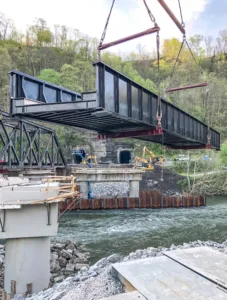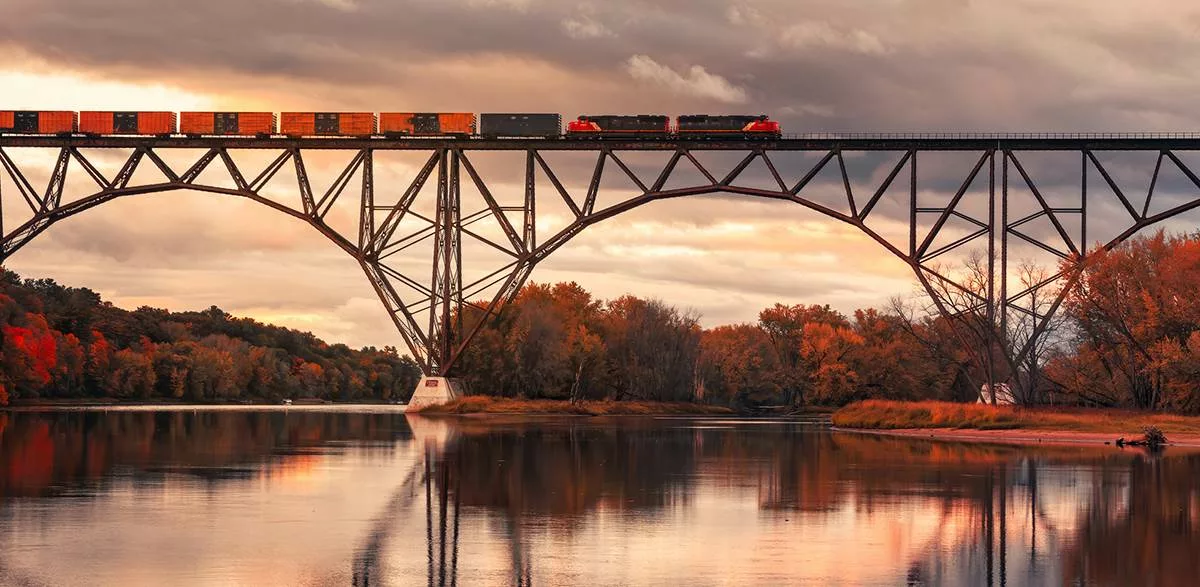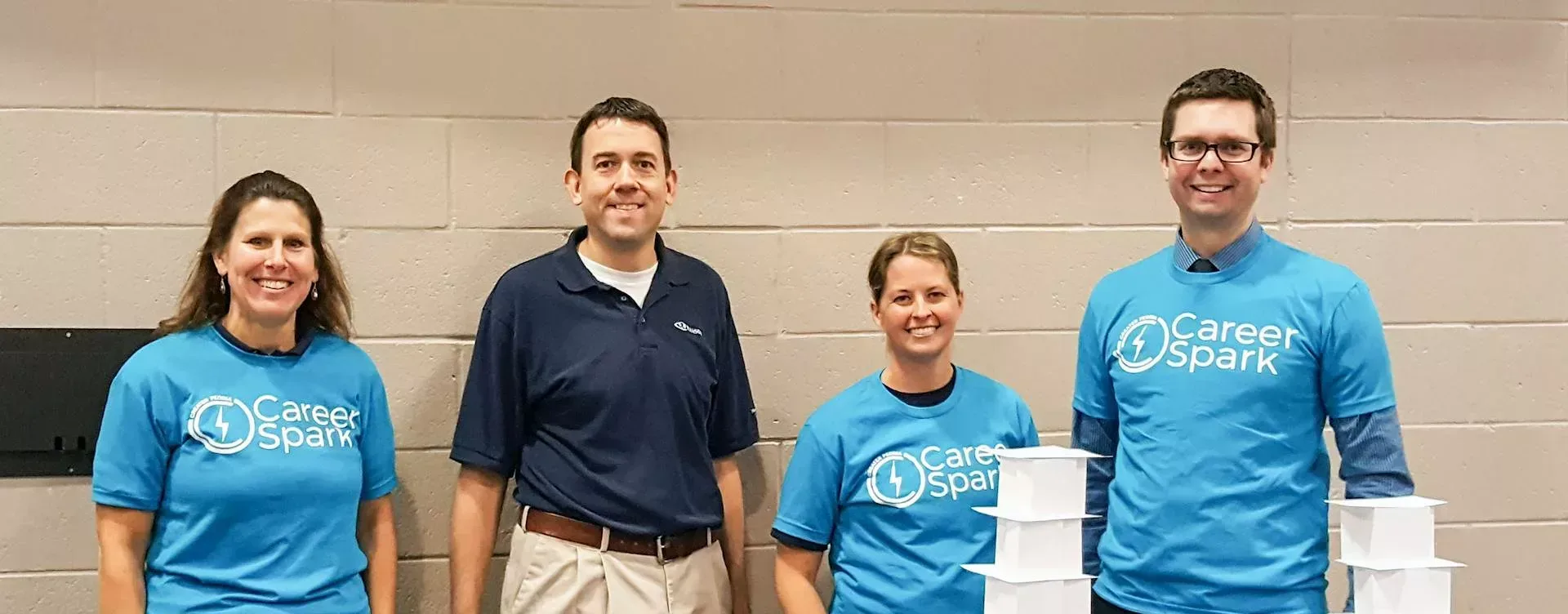Matewan, West Virginia, has been the scene of many historical conflicts, including the Hatfield-McCoy feuds and a violent coal miners’ strike in 1920. A more recent conflict was smaller and biological: a tiny crayfish delayed the replacement of Norfolk Southern Corp.’s twin bridges over the Tug Fork River.


In 2017, Hanson began design and permitting services for the replacement of the bridges, which consisted of four 150-foot through truss spans. The U.S. Army Corps of Engineers (USACE) needed a Department of the Army Nationwide Permit 3 for maintenance activity. During the permit process, the U.S. Fish and Wildlife Service (USFWS) notified the USACE that the Big Sandy crayfish (Cambarus callainus), a newly listed threatened species, could be adversely affected by the project. Hanson began preparing a biological assessment to evaluate the potential effects. However, so little was known or understood about the Big Sandy crayfish, a relatively new species, that complications arose during the consultation with the USFWS because the science around the species’ preferred habitat, movement and distribution changed while the biological assessment was developed. The Norfolk Southern project was the first biological assessment for the Big Sandy crayfish in the U.S., and the changing science caused a lot of uncertainty for the USFWS.
Working closely with the railroad, its outside legal counsel, and a local crayfish expert, Hanson’s bridge engineers and biologists implemented several proactive and reactive measures. Crayfish survey methods, parameters and intervals acceptable to the agency and railroad and innovative solutions — including funding the setup of a crayfish holding facility and research laboratory — were negotiated, and a temporary work bridge and cofferdam was installed to prevent the crayfish from entering the construction zone. These efforts guided the USFWS process to the eventual issuance of the biological opinion, which enabled the USACE to issue the Department of the Army permit and construction to proceed.
Construction began in summer 2019, but another delay came one year later, when the new staff at the USFWS West Virginia Field Office had a different interpretation of the language in the biological opinion issued by the former USFWS staff. The formal consultation was reinitiated, temporarily suspending the project’s Department of the Army permit. Hanson, continually working closely with Norfolk Southern, renegotiated the crayfish monitoring, survey methods and intervals, and a new biological opinion was issued, allowing for the permit to be reinstated.
The proactive measures implemented to separate the crayfish from the construction activities allowed the bridge work to continue within the cofferdam while the biological opinion was renegotiated. The bridge replacement was complete in late 2020.
Hanson Natural Resources Discipline Manager Jennifer Sunley can be reached at jsunley@hanson-inc.com.





